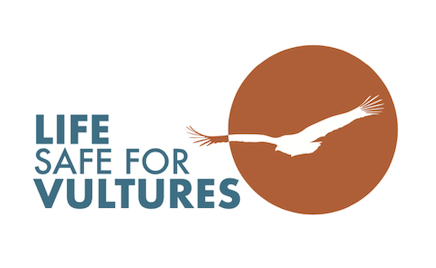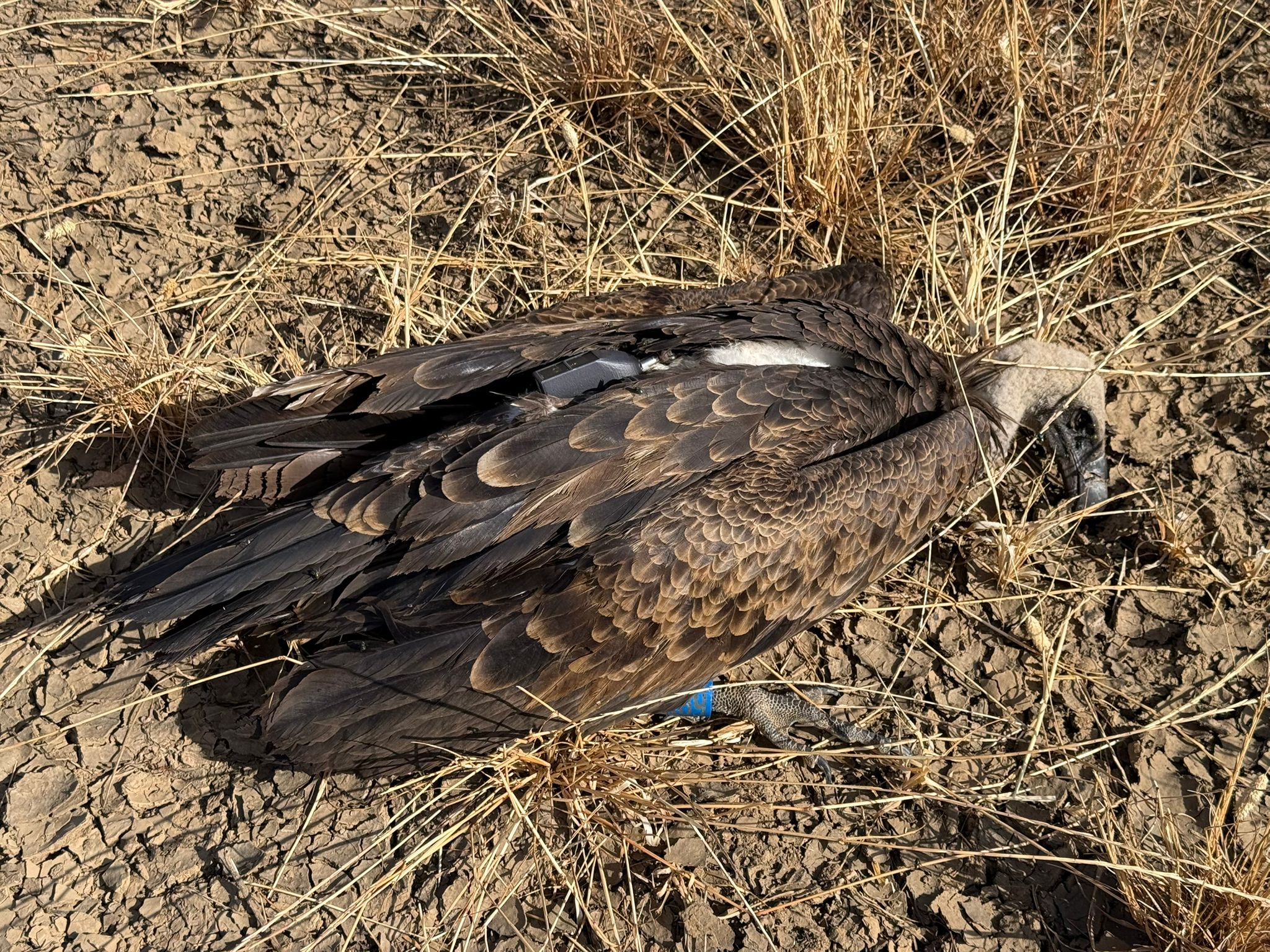Arricelli makes it to Sicily – The young Sardinian Griffon Vulture, released on 9 April from the Villasalto acclimatization aviary, has made headlines with a record-breaking journey: in just nine hours, the vulture covered an impressive distance of 373 km over the sea! Equipped with a GPS transmitter, Arricelli’s flight marks the first documented passage from Sardinia to Sicily for this species, known for typically avoiding long flights over the sea.
Sardinia: a hub for vultures in the Mediterranean?
Arricelli’s recent travels add to a series of remarkable events surrounding vultures and Sardinia. The sea crossing of the one-year-old Griffon Vulture from Sardinia to Sicily, including the appearance of an Egyptian Vulture breeding pair in Sardinia in 2019 and another Griffon Vulture crossing to Corsica in 2023 are occurrences that support the hypothesis that Sardinia could serve as a crucial hub for vulture populations in the Mediterranean.
Arricelli joins repopulation efforts in Southern Sardinia
Arricelli hatched in Sardinia in 2023, his name inspired by the toponymy of the historical region of Gerrei in the southeast of Sardinia, where just two weeks ago the first group of Griffon Vultures included in the repopulation plan for that part of the island was released.

The Forestry and Environmental Surveillance Corps of the Sardinia Region (Corpo Forestale e di Vigilanza Ambientale della Regione Sardegna) recovered him when he was only a few months old. They cared for him at the Bonassai Wildlife Recovery Center operated by the Forestas Agency. Alongside four other Sardinian individuals, Arricelli joined ten griffon vultures who arrived from Spain following the collaboration of Junta de Extremadura, AMUS and the Vulture Conservation Foundation. They spent a long period adapting in the aviary built by the Forestas Agency at the site of Cea Romana, in the municipality of Villasalto, southeast Sardinia. The Department of Veterinary Medicine of the University of Sassari arranged for the discolouration of their feathers and the provision of GPS, enabling tracking of their movements and habits. On 9 April, the partners of the European LIFE project Safe for Vultures released them and began constant monitoring.
Arricelli’s amazing journeys over the sea and beyond

After his release, Arricelli showcased his dynamic and resourceful nature by embarking on an exploratory journey, reaching as far as Aritzo before continuing towards Pola and Teulada. Returning to the Sette Fratelli mountains, he then ventured towards Costa Rei and eventually soared towards the sea, reaching a height of 530 meters. Thanks to favourable winds, the young vulture managed to cover a distance of 373 km in just nine hours, successfully reaching Sicily. Although Arricelli managed to pull off this incredible feat, another vulture, Sarrabus, who started the journey alongside Arricelli met an unfortunate fate, perishing along the way. Its death highlights the inherent risks associated with dispersion, often resulting in high mortality rates.
Sicily is currently home to 315 Griffon Vultures, with the main colony residing in the Nebrodi mountains, particularly in the Rocche del Crasto di Alcara li Fusi. A smaller group has also established itself in the Madonie region.
Follow the incredible journey of Arricelli and the other Griffon Vulture via our online maps!
Update: 27 April 2024
However, when Arricelli landed in Sardinia, it chose a highly urbanized area instead of venturing to regions where the local Griffon Vultures are present. A few days later, it flew off towards the sea, likely on its way back to Sardinia after becoming exhausted and unable to find food, and tragically drowned.
The LIFE Safe for Vultures project

LIFE Safe for Vultures is co-financed by the EU’s LIFE Programme to restore the vulture guild in Sardinia. The University of Sassari leads the project in collaboration with Agenzia Regionale Forestas, Sardegna Corpo Forestale, E-Distribuzione and the Vulture Conservation Foundation. LIFE Safe for Vultures builds on the work of the successful LIFE Under Griffon Wings, with the ultimate objective for Griffon Vultures to regain their historic ranges and distribution areas from the central-eastern part of Sardinia to the south and promote the long-term survival of the species on the island. An additional feeding station will be established south of the island, and 40 additional Griffon Vultures will be translocated and released.




